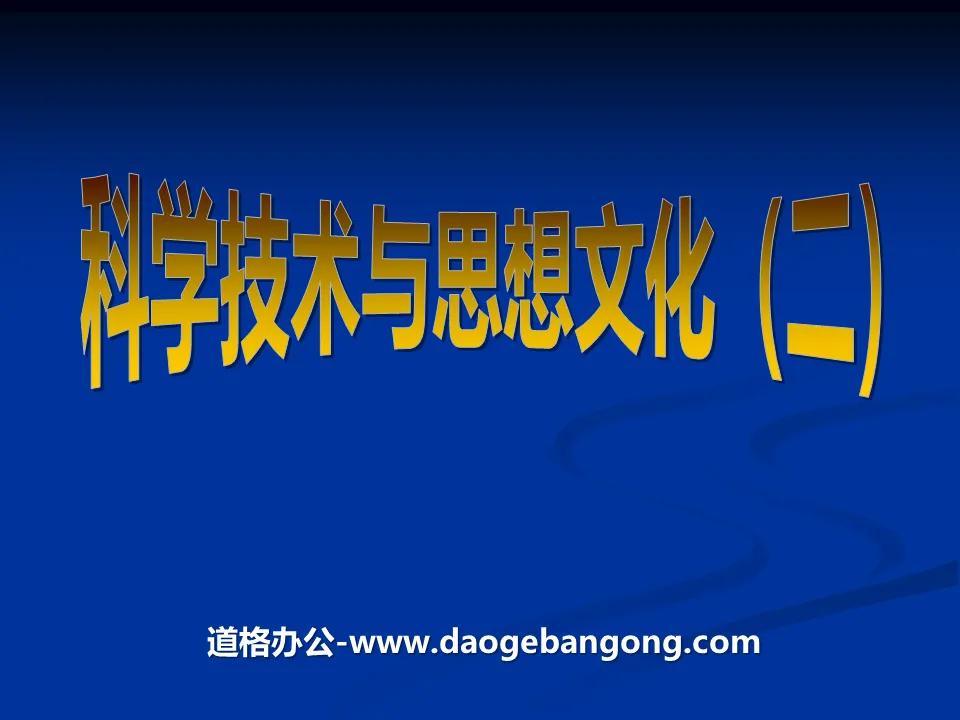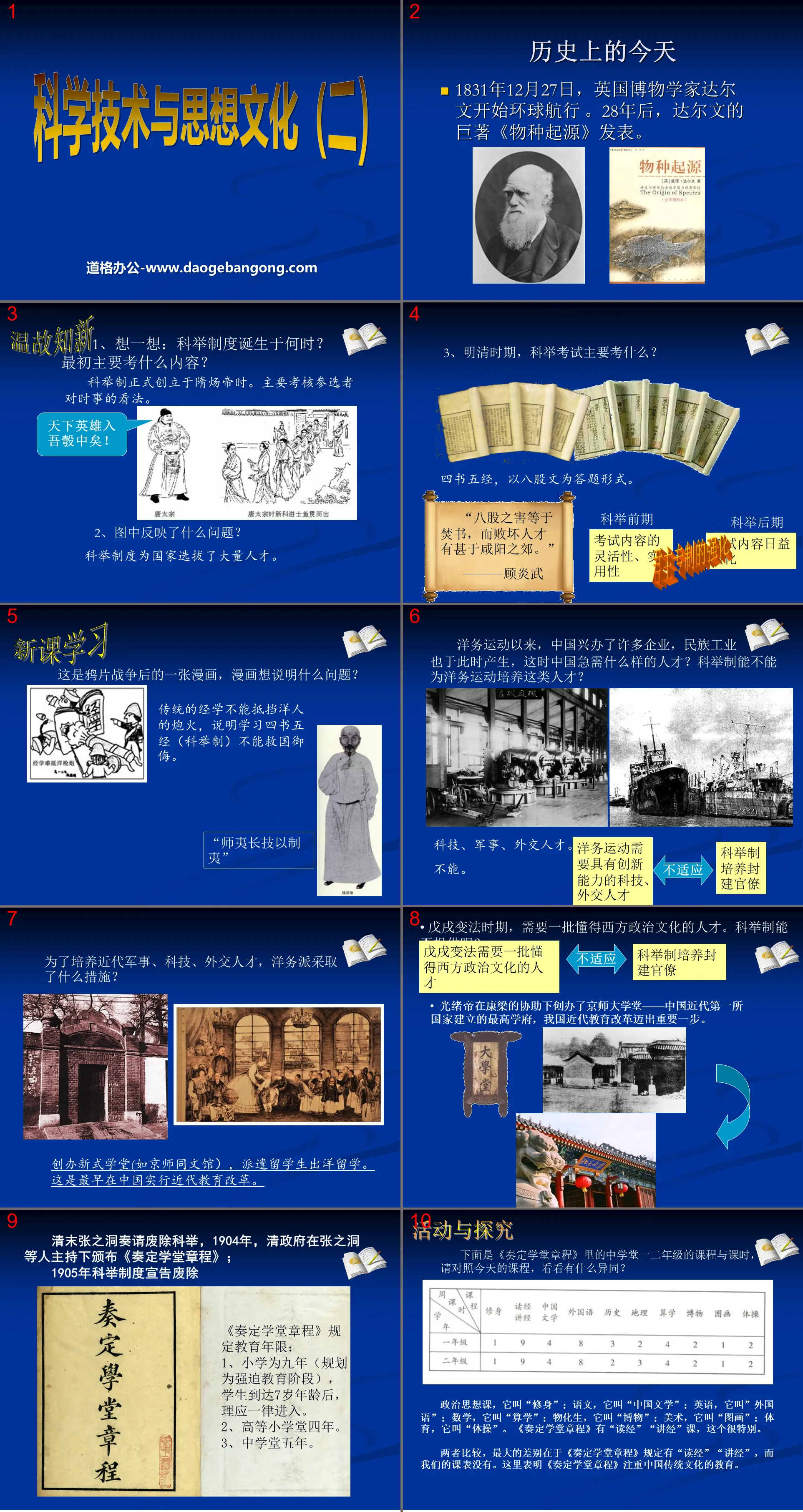The second volume of history for eighth grade compiled by the People's Education Publishing House
Zhonghua Book Company Edition Eighth Grade History Volume 2
People's Education Press Seventh Grade History Volume 1
People's Education Edition Eighth Grade History Volume 1
Zhonghua Book Company Edition Seventh Grade History Volume 2
Volume 1 of the seventh grade history compiled by the People's Education Publishing House
Yuelu Edition Seventh Grade History Volume 2
People's Education Edition History and Society 9th Grade Part II
People's Education Press History and Society Grade 7
People's Education Edition Eighth Grade History Volume 2
East China Normal University Edition Seventh Grade History Volume 1
People's Education Press History and Society Grade 9
People's Education Press History and Society for Grade 8 Volume 1
People's Education Press Seventh Grade History Volume 2
People's Education Press Ninth Grade History Volume 2
Yuelu Edition Seventh Grade History Volume 1

| Category | Format | Size |
|---|---|---|
| People's Education Edition Eighth Grade History Volume 1 | pptx | 6 MB |
Description
"Science, Technology and Ideology and Culture (2)" PPT Courseware 4
Review the past and learn the new
1. Think about it: When was the imperial examination system born? What is the main content of the test initially?
The imperial examination system was formally established during the reign of Emperor Yang of Sui Dynasty. It mainly assesses the candidates’ views on current affairs.
2. What problem does the picture reflect?
The imperial examination system selected a large number of talents for the country.
3. During the Ming and Qing Dynasties, what were the main tests in the imperial examinations?
The Four Books and Five Classics use eight-legged prose as the answer format.
In order to cultivate modern military, scientific and technological, and diplomatic talents, what measures did the Westernizationists take?
Established new schools (such as Jingshi Tongwen Hall) and sent foreign students to study abroad. This was the earliest modern education reform implemented in China.
During the Reform Movement of 1898, a group of talents who understood Western political culture were needed. Can the imperial examination system provide this?
Emperor Guangxu, with the assistance of Kang Liang, founded the Capital University, the first state-established highest institution of learning in modern China, which marked an important step in my country's modern education reform.
Activities and Inquiry
The following are the courses and class hours for the first and second grade of the middle school in the "School Charter". Please compare it with today's course to see what are the similarities and differences?
Political and ideological courses are called "cultivation"; Chinese, they are called "Chinese literature"; English, they are called "foreign languages"; mathematics, they are called "arithmetics"; physical and chemical studies, they are called "natural history"; art, they are called "pictures" "; Sports, it's called "gymnastics". "Zou Ding School Constitution" has "Bible Reading" and "Classic Lecture" classes, which is very special.
Comparing the two, the biggest difference is that the "Zouding School Constitution" stipulates "reading scriptures" and "lecturing scriptures", but our class schedule does not. This shows that the "Zuoding School Charter" attaches great importance to the education of traditional Chinese culture.
The development process of the imperial examination system
Birth and development during the Sui and Tang Dynasties, full of vitality
Continuously improved during the Song and Yuan Dynasties
Complete but rigid during the Ming and Qing Dynasties
In modern times, it did not meet the needs after the Opium War, the Westernization Movement and the Reform Movement of 1898, and was abolished in 1905.
Extend and expand
Although the imperial examination system has been abolished, is there anything in it that is worth learning from?
The most important thing is the spirit of the imperial examination system to select talents through examinations. This is a spirit of relative fairness and equality, which is the most needed spirit in modern politics.
Nie Er (1912-1935) Chinese composer. Yunnan people. Born in a poor family, he has been fond of music since childhood and can play a variety of ethnic instruments.
He has composed more than 30 songs including "March of the Volunteers", which embodies the strong will of the Chinese people to resist Japan and save the country and the suffering and resistance of the workers and peasants. He is a pioneer of proletarian music in our country.
"March of the Volunteers" later became the national anthem of the People's Republic of China.
Xian Xiǎn Xinghai (1905-1945) Chinese composer. Cantonese. Due to his poor family, he worked part-time and graduated from the Shanghai National Conservatory of Music and the Paris Conservatory of Music in France. In 1935, he resolutely returned to China to participate in the anti-Japanese and national salvation movement.
His works include four parts including the chorus of "Yellow River Cantata", about 500 songs including "To the Enemy's Rear Lines", two parts including the symphony "National Liberation" and the orchestral music "Chinese Rhapsody".
His "Yellow River Cantata" is majestic and impassioned, demonstrating the courage and spirit of the Chinese nation to unite as one and share the same hatred against the enemy in the face of foreign aggression.
Small scale chopper
1. The founding of China’s new-style schools began in
A. During the Westernization Movement B. During the Reform and Reform C. After the Revolution of 1911 D. After the Opium War
2. Which of the following items contains an intellectual error?
A. When Zhang learned the news of Japan's invasion of Taiwan while reading "Declaration", he was extremely sad and angry.
B. Liu took a train and went to Beijing to take the imperial examination along the first railway line designed and built by China.
C. During the Reform Movement of 1898, Li worked as an editor at the Commercial Press
D. After the signing of the "Xinchou Treaty", Wang was forced to move out of Dongjiaomin Lane, where he had lived for generations.
3. The magnificent melody: "The wind is roaring, the horse is whistling..." which famous song comes from
A. "March of the Volunteers" B. "Military Song of the New Fourth Army" C. "Yellow River Cantata" D. "March of the Broadsword"
4. Since its birth, the "March of the Volunteers" has continuously inspired the Chinese people to unite as one during the national crisis. The song was composed in
A. The period of the Revolution of 1911 B. The period of the May 4th Movement C. The period of anti-Japanese and national salvation D. The period of the Liberation War
Keywords: Science, Technology and Ideology and Culture teaching courseware, People’s Education Edition eighth grade history PPT courseware download, eighth grade history slide courseware download, Science, Technology and Ideology and Culture PPT courseware download, .PPT format;
For more information about the "Science, Technology and Ideology and Culture" PPT courseware, please click on the "Science, Technology and Ideology and Culture" ppt tag.
"Science, Technology and Ideology and Culture (2)" PPT courseware 7:
"Science, Technology and Ideology and Culture (2)" PPT Courseware 7 Thinking Read the first paragraph of the text and recall the education system in the feudal era, the method of selecting officials, and what are the educational contents? Why can new education reach a new beginning at this time? The original site of the Capital University...
"Science, Technology and Ideology and Culture (2)" PPT courseware 6:
"Science, Technology and Ideology and Culture (2)" PPT courseware 6 1. Reasons for the beginning of new education: The imperial examination system used in the Qing Dynasty to select talents no longer meets the needs of modern China; enlightened officials advocated learning from the West and reforming education with the development of the Westernization Movement and Promoted by the Reform Movement of 1898...
"Science, Technology and Ideology and Culture (2)" PPT courseware 5:
"Science, Technology and Ideology and Culture (2)" PPT courseware 5 1. The beginning of new education 1. Tongwen Hall in the Capital: the beginning of educational modernization founded by the Westernizationists in 1862 2. University Hall in the Capital: an important step in the Capital during the Reform Movement of 1898 The University Hall is the first...
File Info
Update Time: 2024-11-09
This template belongs to History courseware People's Education Edition Eighth Grade History Volume 1 industry PPT template
"Science, Technology and Ideology and Culture (2)" PPT Courseware 4 Simple campus recruitment activity planning plan summary enterprise and institution recruitment publicity lecture PPT template is a general PPT template for business post competition provided by the manuscript PPT, simple campus recruitment activity planning plan summary enterprise and institution recruitment promotion Lecture PPT template, you can edit and modify the text and pictures in the source file by downloading the source file. If you want more exquisite business PPT templates, you can come to grid resource. Doug resource PPT, massive PPT template slide material download, we only make high-quality PPT templates!
Tips: If you open the template and feel that it is not suitable for all your needs, you can search for related content "Science, Technology and Ideology and Culture (2)" PPT Courseware 4 is enough.
How to use the Windows system template
Directly decompress the file and use it with office or wps
How to use the Mac system template
Directly decompress the file and use it Office or wps can be used
Related reading
For more detailed PPT-related tutorials and font tutorials, you can view: Click to see
How to create a high-quality technological sense PPT? 4 ways to share the bottom of the box
Notice
Do not download in WeChat, Zhihu, QQ, built-in browsers, please use mobile browsers to download! If you are a mobile phone user, please download it on your computer!
1. The manuscript PPT is only for study and reference, please delete it 24 hours after downloading.
2. If the resource involves your legitimate rights and interests, delete it immediately.
3. Contact information: service@daogebangong.com
"Science, Technology and Ideology and Culture (2)" PPT Courseware 4, due to usage restrictions, it is only for personal study and reference use. For commercial use, please go to the relevant official website for authorization.
(Personal non-commercial use refers to the use of this font to complete the display of personal works, including but not limited to the design of personal papers, resumes, etc.)
Preview










